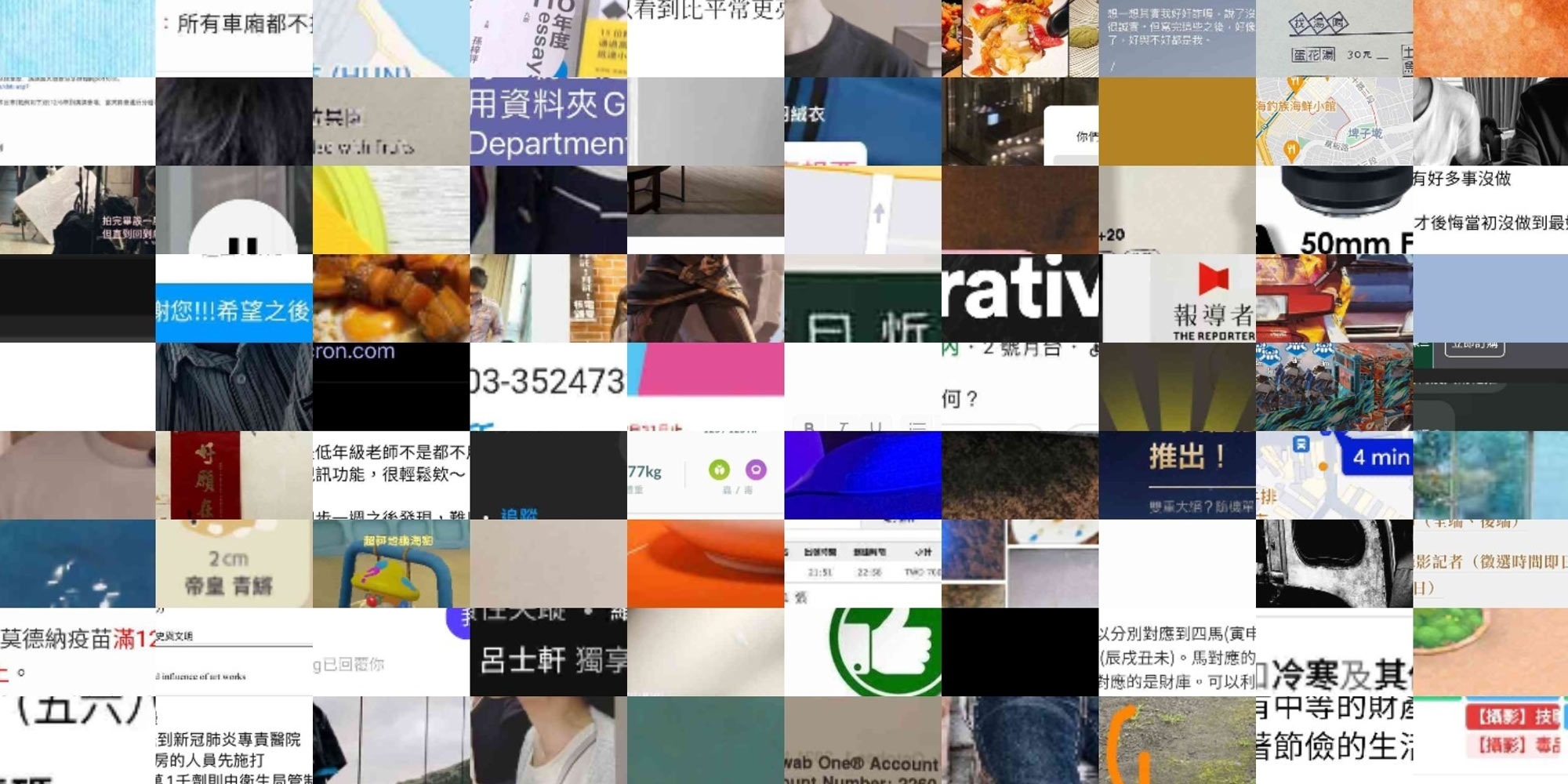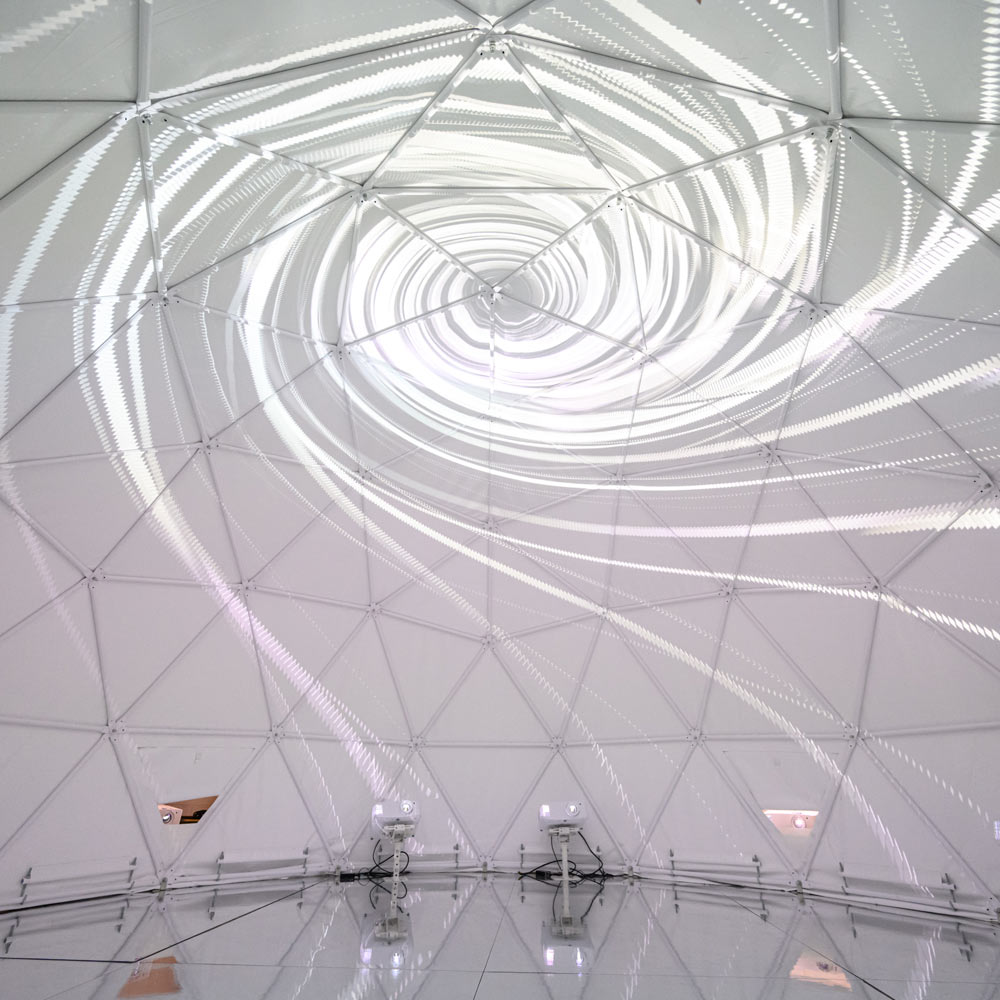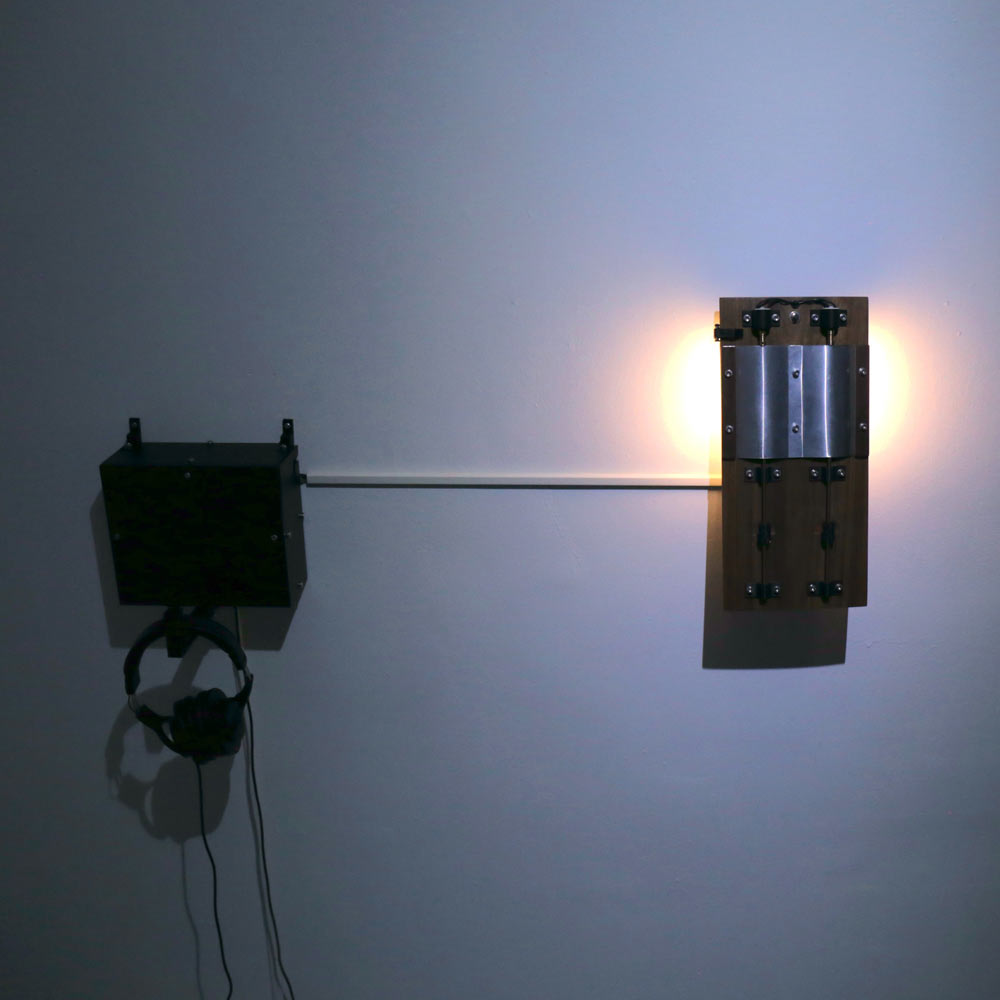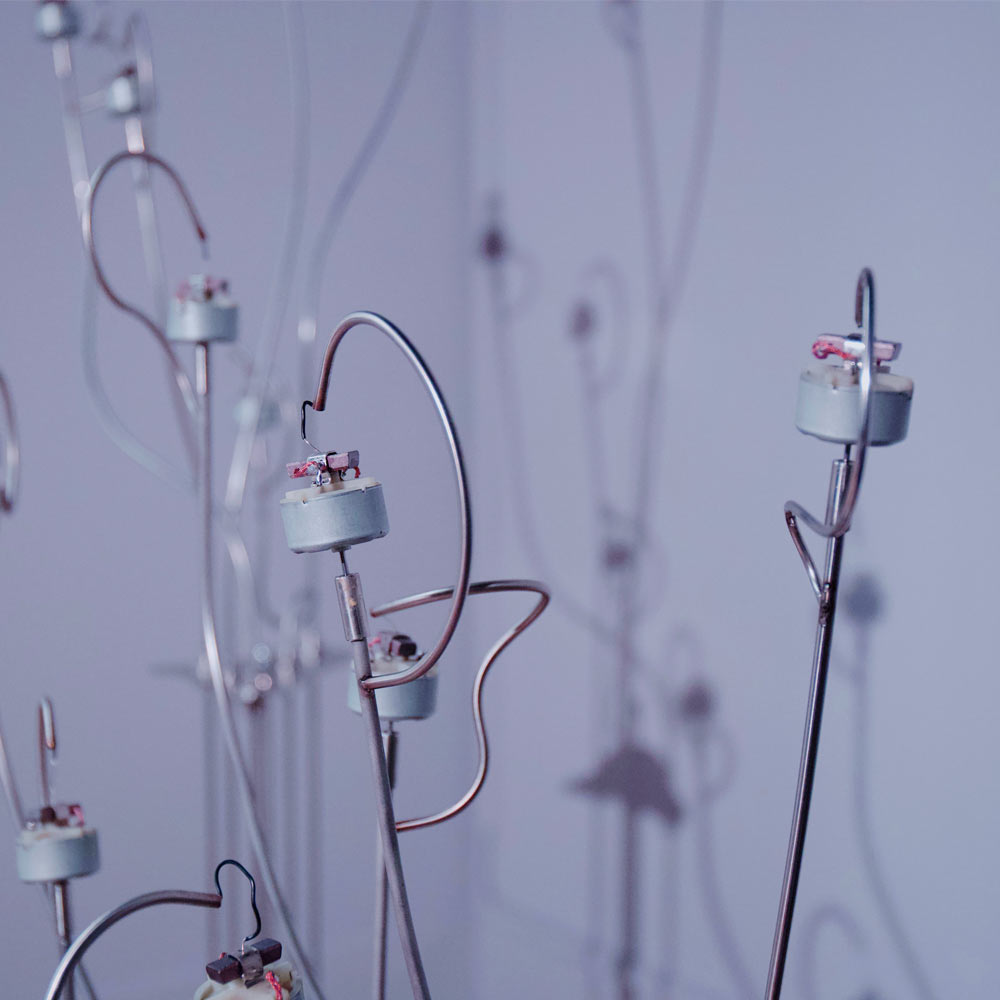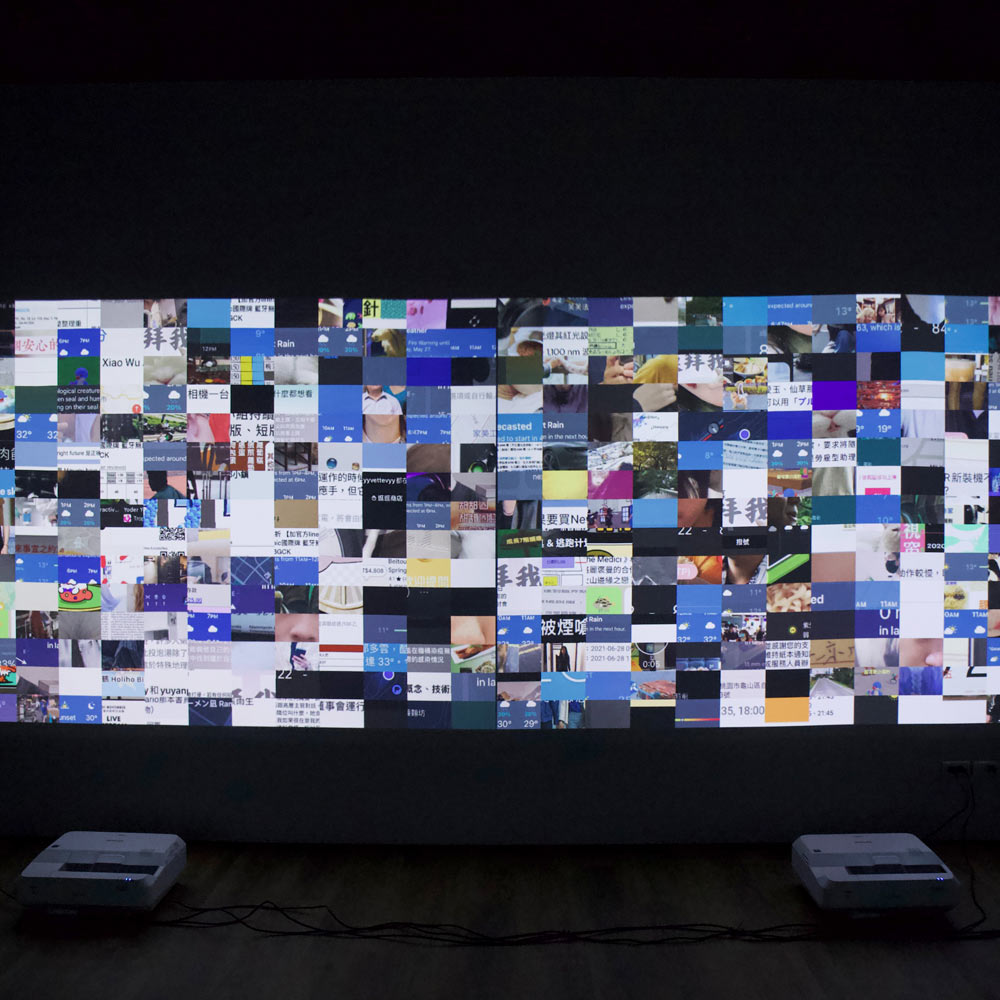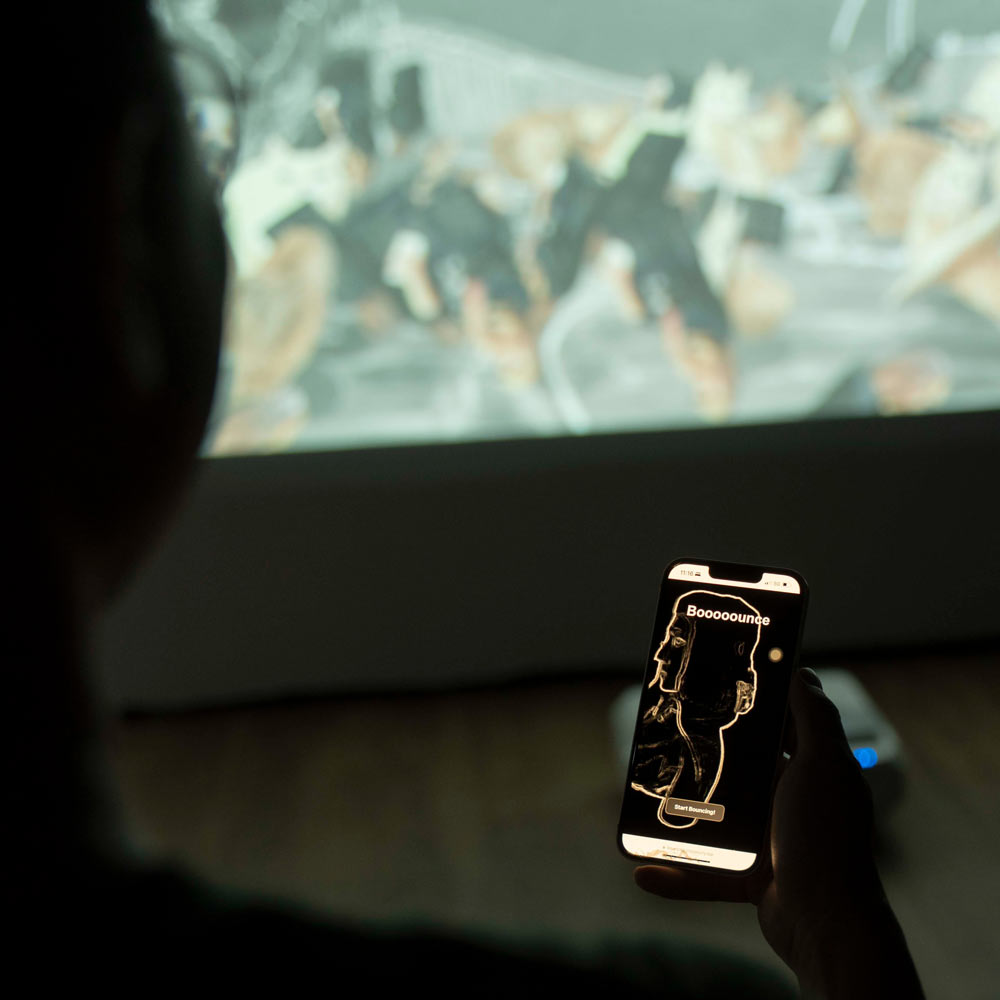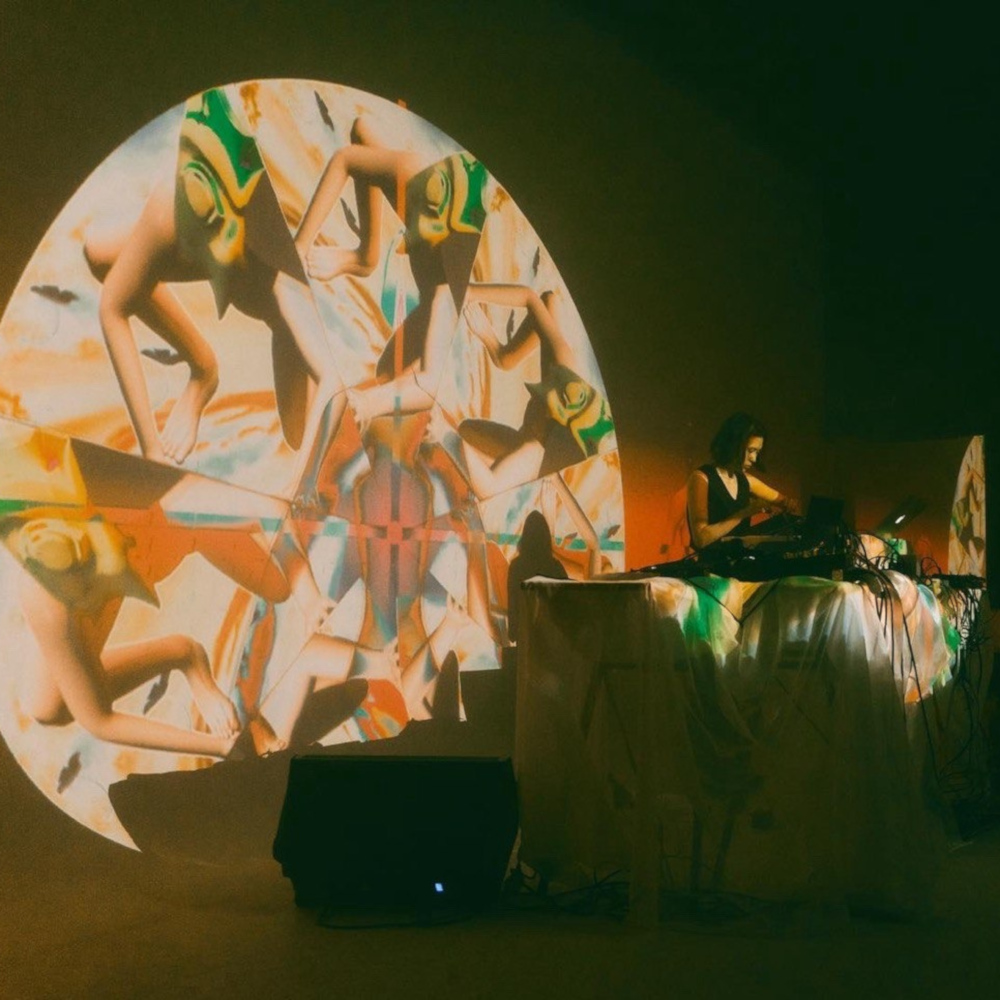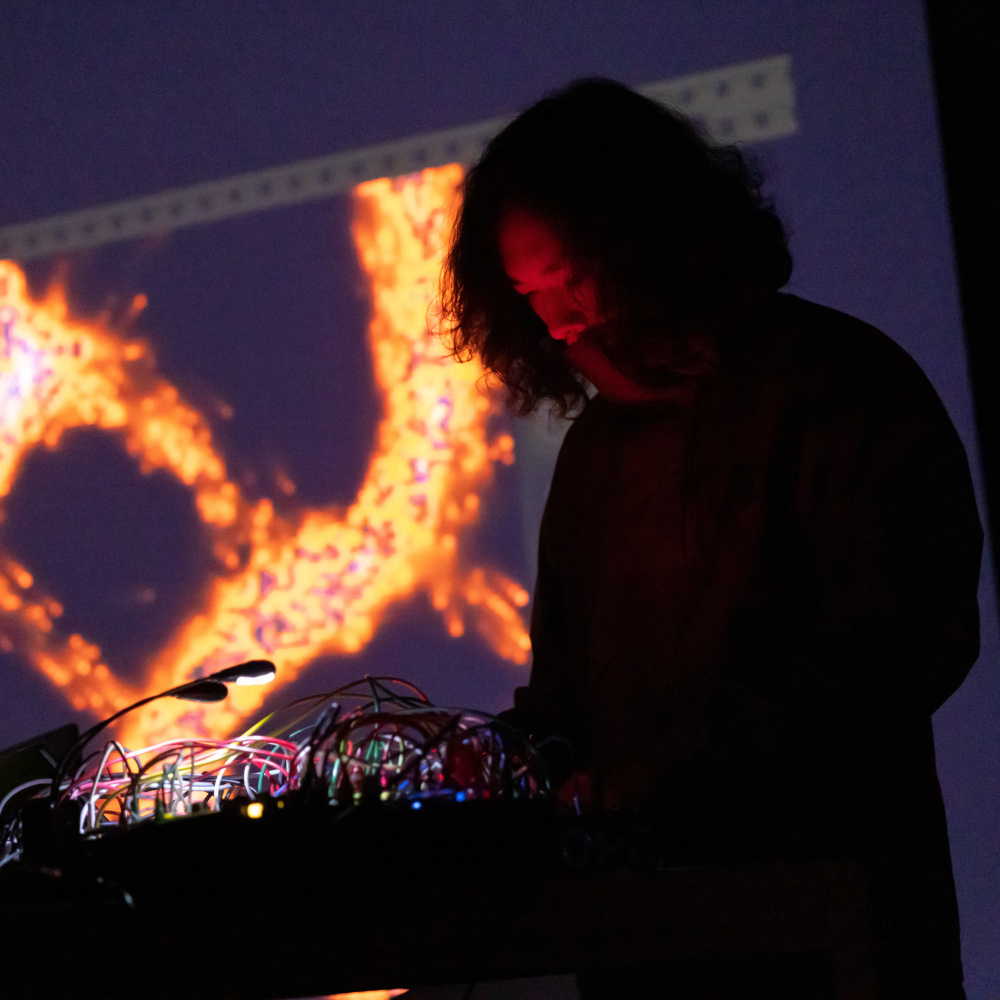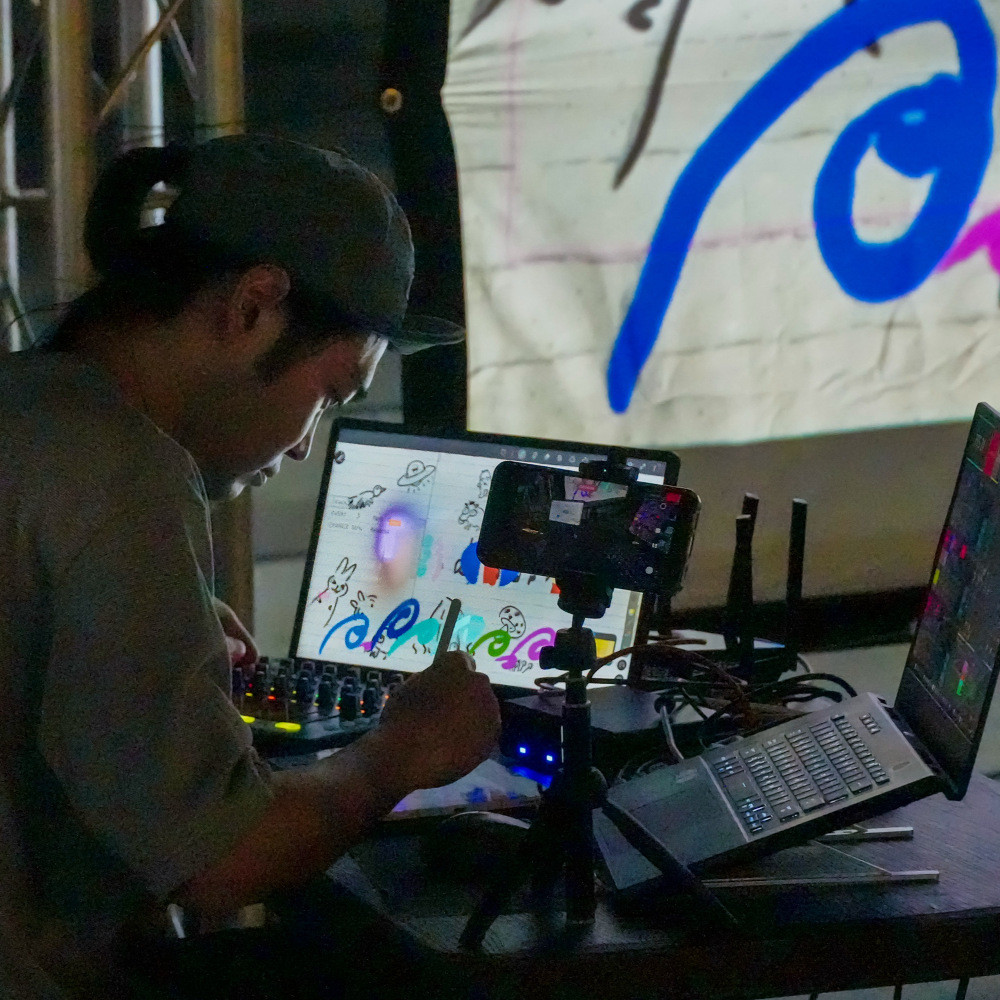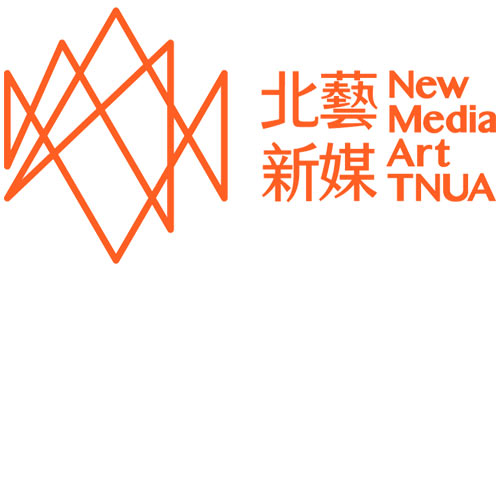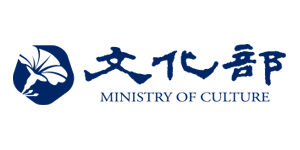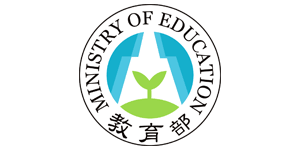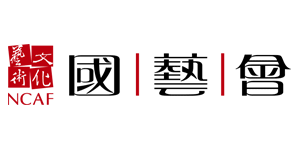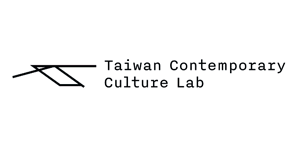In a world saturated by media technologies, perception is no longer immediate—it is modulated, encoded, and rerouted through computational systems. Interfaces, sensors, and AI-driven infrastructures generate a new perceptual regime in which space, time, and relation are governed by flows of information, signal, and data. Media machines act not as tools of representation, but as perceptual coders: modulating delay, resonance, and vibration to reprogram experience itself. They open dimensional thresholds—technocosmic apertures into machinic sensing and control.
Echoes Toward the Stargate traces circuits of signal return, perceptual reconfiguration, and dimensional passage. Artists engage sound, projection, mechanical systems, and algorithmic processes to construct liminal architectures—spaces suspended between material and virtual, human and non-human. These works form feedback zones where distorted signals and unstable information recirculate, activating emergent patterns of meaning and affect.
Rooted in Taiwan—a site historically shaped by Cold War information infrastructures and now central to global semiconductor and AI networks—the exhibition reframes the “Stargate” not as metaphor but interface: where perception, power, and machinic memory converge. Each echo opens a portal—into latent structures, altered states, and possible futures.

